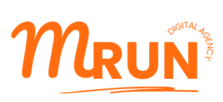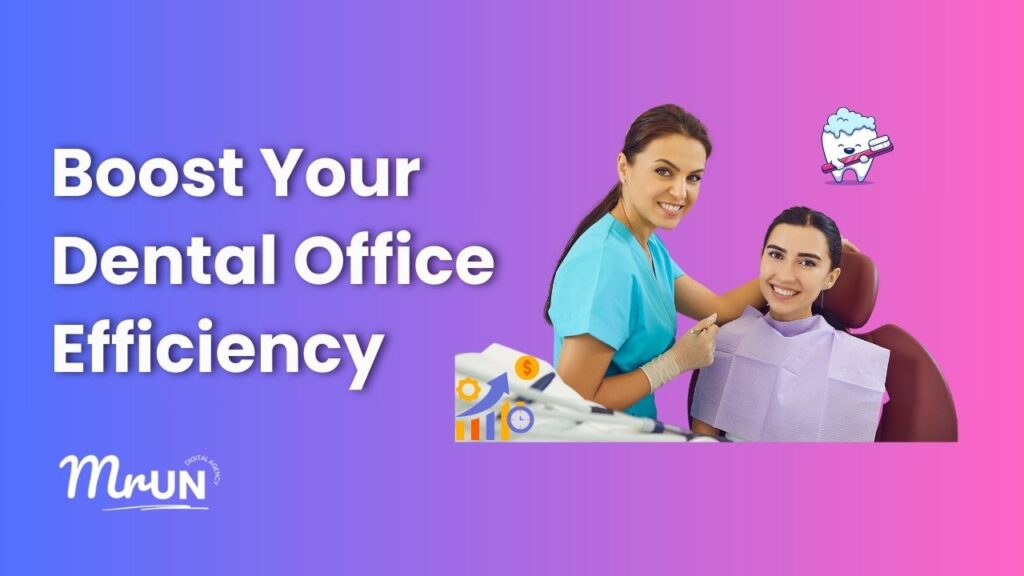Running a dental office is about much more than providing excellent care—it’s about running an efficient, well-organized, and productive practice.
Whether you’re looking to enhance your office’s workflow, reduce bottlenecks, or make better use of your resources, improving productivity in your dental practice is essential for growth and patient satisfaction.
In this blog post, we’ll explore 15 detailed ways to increase productivity in your dental office, ensuring you can streamline your processes, reduce overhead costs, and boost overall efficiency.
1. Implement Digital Scheduling Tools
Traditional scheduling methods can lead to inefficiencies, missed appointments, and overbooked slots.
- Use a digital platform to integrate scheduling and patient records.
- Enable online appointment booking for patients.
- Set up automated reminders for upcoming appointments.
- Examples:
- Tool: Utilize software like Dentrix or Simple Practice.
- Practice: Automate reminders via email or SMS to reduce no-shows.
2. Optimize Appointment Scheduling
Group similar procedures together during specific time blocks.
- Group similar procedures into dedicated time slots.
- Avoid scheduling high-effort procedures back-to-back.
- Examples:
- Block morning hours for cleanings and check-ups.
- Reserve afternoons for surgeries like root canals.
3. Utilize Automated Patient Reminders
Automating appointment reminders through text messages or email helps minimize no-shows and late arrivals.
- Send reminders 24–48 hours before appointments.
- Include rescheduling options in reminders.
- Examples:
- Use text-based systems like Demandforce to send appointment alerts.
- Provide links for patients to reschedule if necessary.
4. Adopt Paperless Solutions
Shifting from paper to digital forms not only reduces clutter but also streamlines the workflow.
- Transition to electronic health records (EHR).
- Digitalize patient consent forms and insurance verification.
- Examples:
- Use platforms like OpenDental or Curve Dental for EHR.
- Allow patients to fill forms via a secure online portal.
5. Delegate Tasks Effectively
Effective delegation is key to productivity. Assign administrative tasks—such as scheduling, billing, and patient intake—to front office staff.
- Assign administrative tasks to front-desk staff.
- Focus clinical staff on patient-related responsibilities.
- Examples:
- Have dental assistants handle equipment sterilization.
- Let receptionists manage billing and scheduling queries.
6. Provide Comprehensive Staff Training
Well-trained staff members are more efficient and effective in their roles. Regularly train your team on new dental technologies, patient management software, office procedures, and customer service.
- Schedule regular training on new tools and protocols.
- Focus on both technical and customer service skills.
- Examples:
- Conduct training on using intraoral scanners.
- Organize customer service workshops to improve patient interactions.
7. Streamline Patient Intake Processes
Speed up patient intake by allowing them to complete their forms online before arriving. This reduces time spent during the initial consultation and improves office flow, allowing your team to focus on delivering care rather than handling paperwork.
- Enable online pre-appointment form completion.
- Use tablet-based check-ins for walk-in patients.
- Examples:
- Platforms like IntakeQ can digitize the process.
- Provide QR codes for patients to access forms.
8. Use Time-Blocking for Procedures
Time-blocking refers to setting aside specific blocks of time for specific tasks. For example, you might allocate 30 minutes for cleanings, 90 minutes for complex procedures like fillings or crowns, and an hour for consultations.
- Allocate set time durations for specific treatments.
- Create buffers to accommodate unexpected delays.
- Examples:
- Schedule 30 minutes for cleanings and 90 minutes for crowns.
- Use blocks for lunch breaks or catch-up time.
9. Maintain Equipment Regularly
Prevent unnecessary downtime by ensuring all your equipment is regularly maintained and serviced. Schedule routine maintenance checks to prevent malfunctions, and have backup equipment ready in case of emergency.
- Perform regular maintenance and cleaning.
- Maintain an inventory of backup tools.
- Examples:
- Schedule quarterly checks for X-ray machines.
- Keep extra handpieces ready for emergencies.
10. Create Standard Operating Procedures (SOPs)
Having clear, standardized procedures for everything—from sterilization to patient intake—helps ensure consistency and reduces confusion.
- Document workflows for common tasks.
- Update SOPs with new regulations or technologies.
- Examples:
- Create a checklist for sterilization protocols.
- Develop step-by-step guides for insurance claims.
11. Encourage Team Communication
Daily huddles or team meetings allow everyone to review the day’s schedule, address potential issues, and align on patient care.
- Hold daily morning huddles.
- Use instant messaging tools for intra-office communication.
- Examples:
- Discuss patient-specific needs during huddles.
- Use Slack to notify staff of schedule changes.
12. Optimize Office Layout
An efficient office layout can significantly improve productivity. Ensure that workstations are ergonomically designed and are logically placed to minimize movement.
- Position frequently used equipment within reach.
- Design ergonomic workstations for staff.
- Examples:
- Place sterilization units near treatment rooms.
- Use mobile carts for quick access to tools.
13. Implement Inventory Management Systems
Keep track of dental supplies with an automated inventory management system. This will alert you when stock is low, preventing over-ordering or running out of essential materials.
- Automate stock monitoring.
- Set reorder alerts for low inventory.
- Examples:
- Use tools like EZOfficeInventory to track supplies.
- Categorize items by priority for reordering.
14. Invest in Modern Technology
Investing in advanced dental technology, such as digital X-rays, 3D imaging, and CAD/CAM systems, can greatly enhance efficiency.
- Upgrade diagnostic tools for faster results.
- Use CAD/CAM for same-day crowns.
- Examples:
- Invest in a 3D imaging system for precise diagnoses.
- Use CEREC machines for creating crowns onsite.
15. Use Chairside Assistance Software
Leverage chairside assistance software, such as digital X-rays or intraoral cameras, to streamline patient consultation and treatment.
- Employ digital tools to enhance patient education.
- Integrate with EHR systems for seamless data access.
- Examples:
- Show intraoral camera images to explain issues.
- Use apps like Denti.AI for real-time analysis.
Conclusion
Enhancing the efficiency of your dental practice not only improves productivity but also elevates patient satisfaction and boosts your team’s morale.
By adopting the strategies outlined—ranging from digital scheduling tools and workflow automation to fostering a positive work environment and staying updated with industry trends—you can streamline operations, minimize downtime, and provide exceptional care.
Remember, the key to long-term success lies in continuously assessing your practice’s performance, embracing innovation, and fostering collaboration among your team.
Implementing these measures ensures that your dental office is well-prepared to meet the demands of a dynamic healthcare environment while maintaining the highest standards of patient care.

